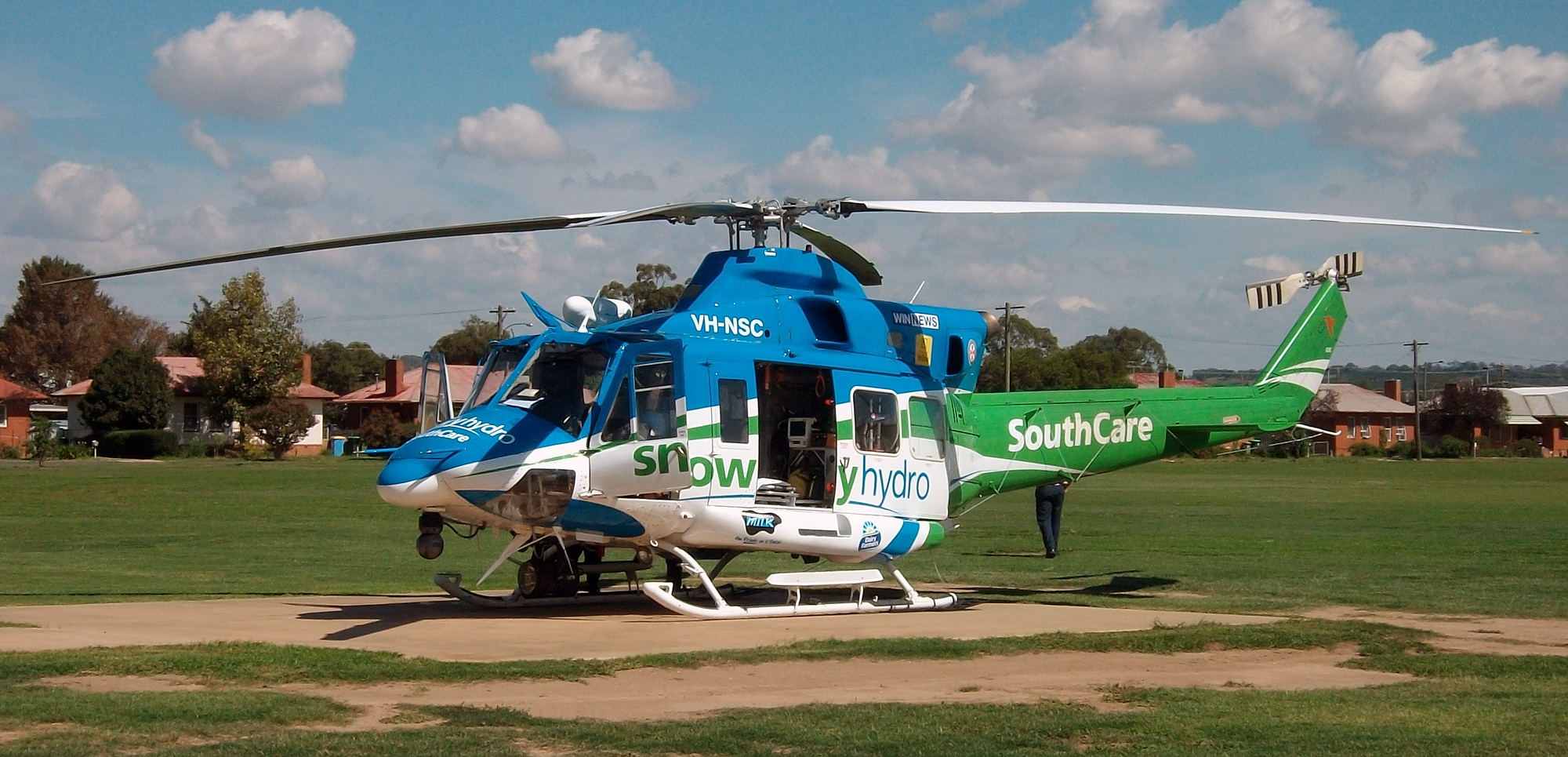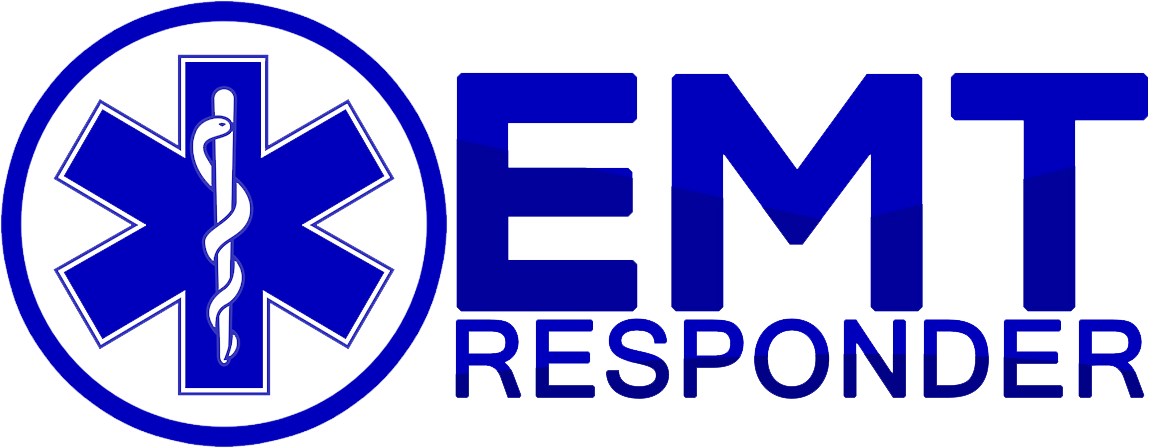
EMT... EMT-Paramedic... EMT-First Responder...??? Which is which?
When you’re getting started in the world of EMT, it can be a little confusing to sort out the differences in the classifications of EMT. Worry no more! We’ve got it all laid out for you:
Emergency Medical Responder
The Emergency Medical Responder is often a volunteer who responds to emergencies in their community. They typically receive a phone call from a local emergency dispatch agency, often times police/fire dispatchers, and the Emergency Medical Responder (EMR) responds to the scene in their own vehicle. In some cases, the EMR may be a member of a volunteer fire department and they will respond in the agency vehicle, which may be a truck equipped with emergency lights or even a fire truck or ambulance.
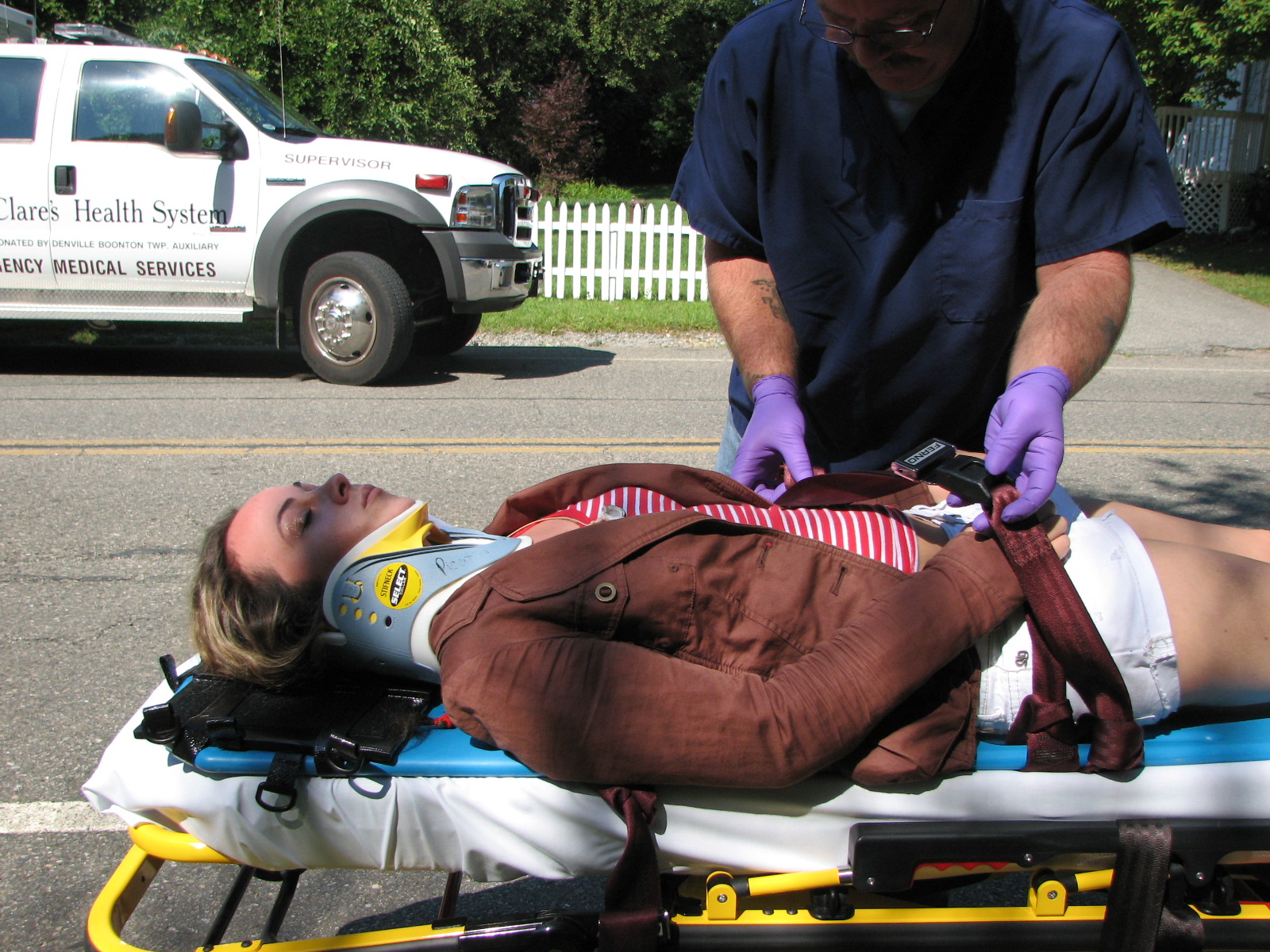
The EMR is responsible for rendering on-scene care in the form of interventions. The EMR is an essential part of the emergency medicine chain because they often deliver care while awaiting additional responding resources. While they aren’t usually considered the primary caregiver, they are often part of the transport process. To qualify as an EMR, you must complete an accredited training program as outlined by your state.
Emergency Medical Technician
The Emergency Medical Technician, or EMT, is responsible for responding to emergency calls, in which they will provide care to critically ill, injured and incapacitated persons. The EMT will perform basic and noninvasive interventions, such as:
- Ventilating patients
- Immobilizing injuries including swollen and deformed extremities
- Immobilizing the neck or spine
- Assisting patients with their prescribed medication
- Administering oxygen
- Managing medical complaints such as poisonings, seizures, allergic reactions, agitated mental status, cardiac & diabetic emergencies.
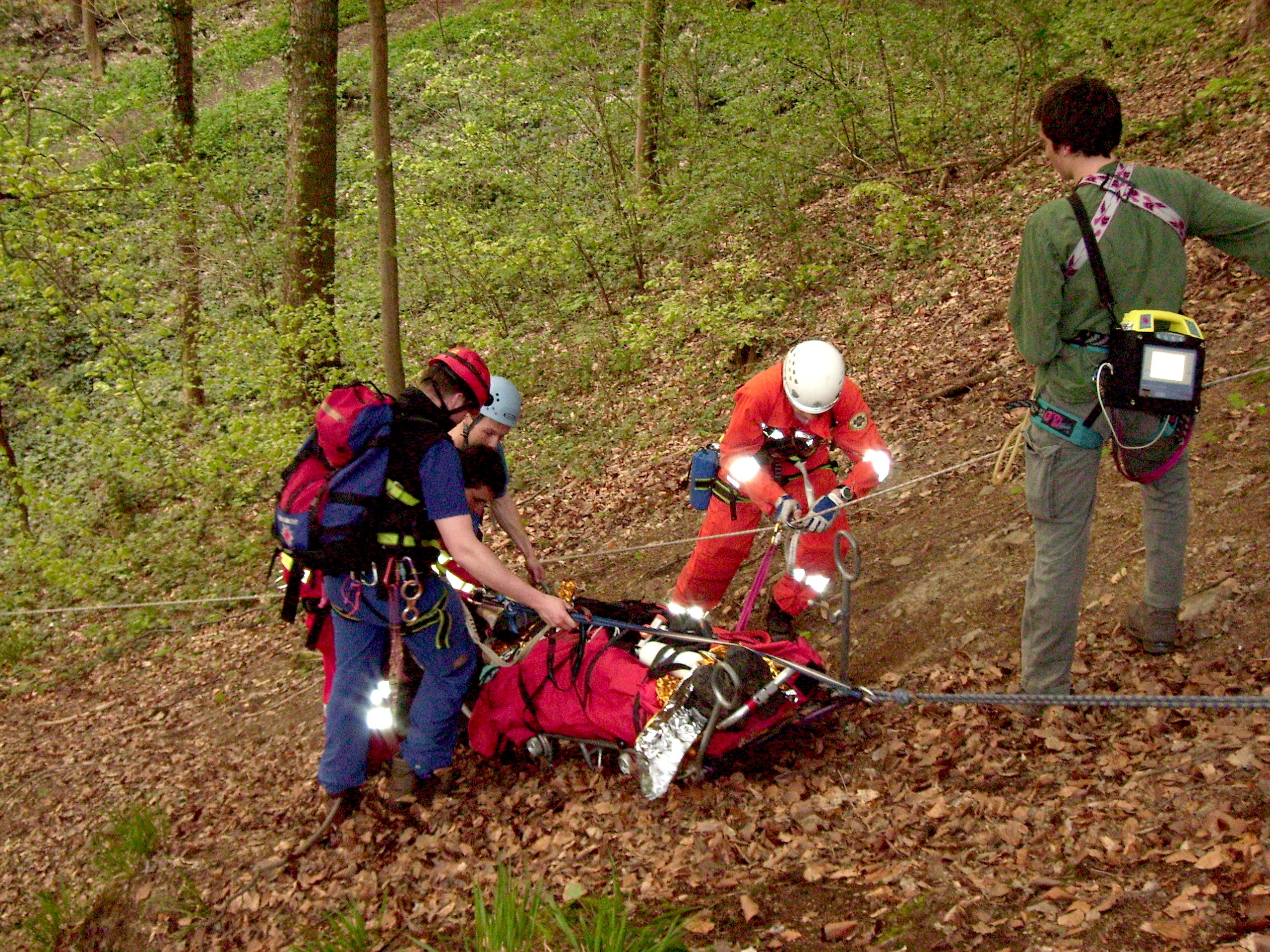
An EMT may even assist in an emergency childbirth!
The EMT is often the first healthcare professional a patient sees in an emergency and as a result, the EMT will likely handle the bulk of the pre-hospital care.
Licensure for an EMT is with the state of practice and requires an approved training course. See our resource for your state’s requirements.
Emergency Medical Technician- Paramedic
The EMT- Paramedic has all of the training and responsibilities as the EMT, but they will also conduct invasive interventions and even administer pharmaceuticals. The responsibilities and care given by a paramedic are the results of the enhanced level of training they have received. Check out your state’s requirement for training and certification.
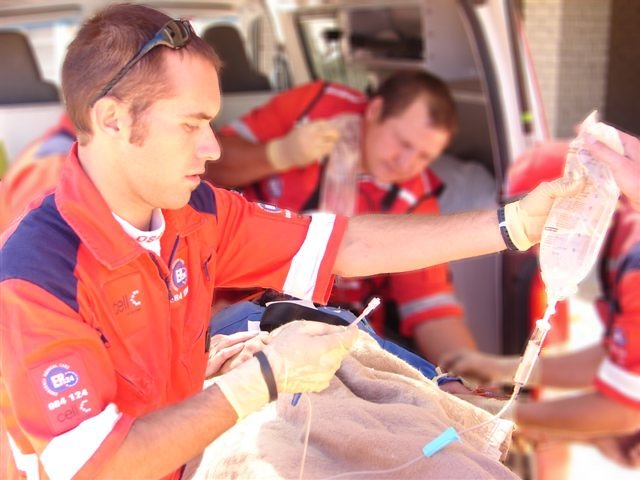
The level of invasive interventions by an EMT-Paramedic include examples such as:
(Keep in mind, these are just a few)
- Endotracheal intubation
- Nasotracheal intubation
- Airway obstruction removal by direct laryngoscopy
Training- What's required
Public vs. Private: Fire, Hospital, Ambulance Service...
Let’s take a step back to something mentioned previously: EMT’s are employed in the public sector as well as the private sector. That’s a dynamic that isn’t shared amongst Police and Fire, for the most part.
So what are the major differences and how does it work?
Often times the local government will contract with a private company to provide Emergency Medical Services. These contracts may take the form of a mutual aid agreement where the private ambulances are called upon in a large event.
So, in that case, if someone calls 911, the dispatcher will send whichever ambulance it can to get to the emergency. It may be a private ambulance service, hospital ambulance or even the fire department.
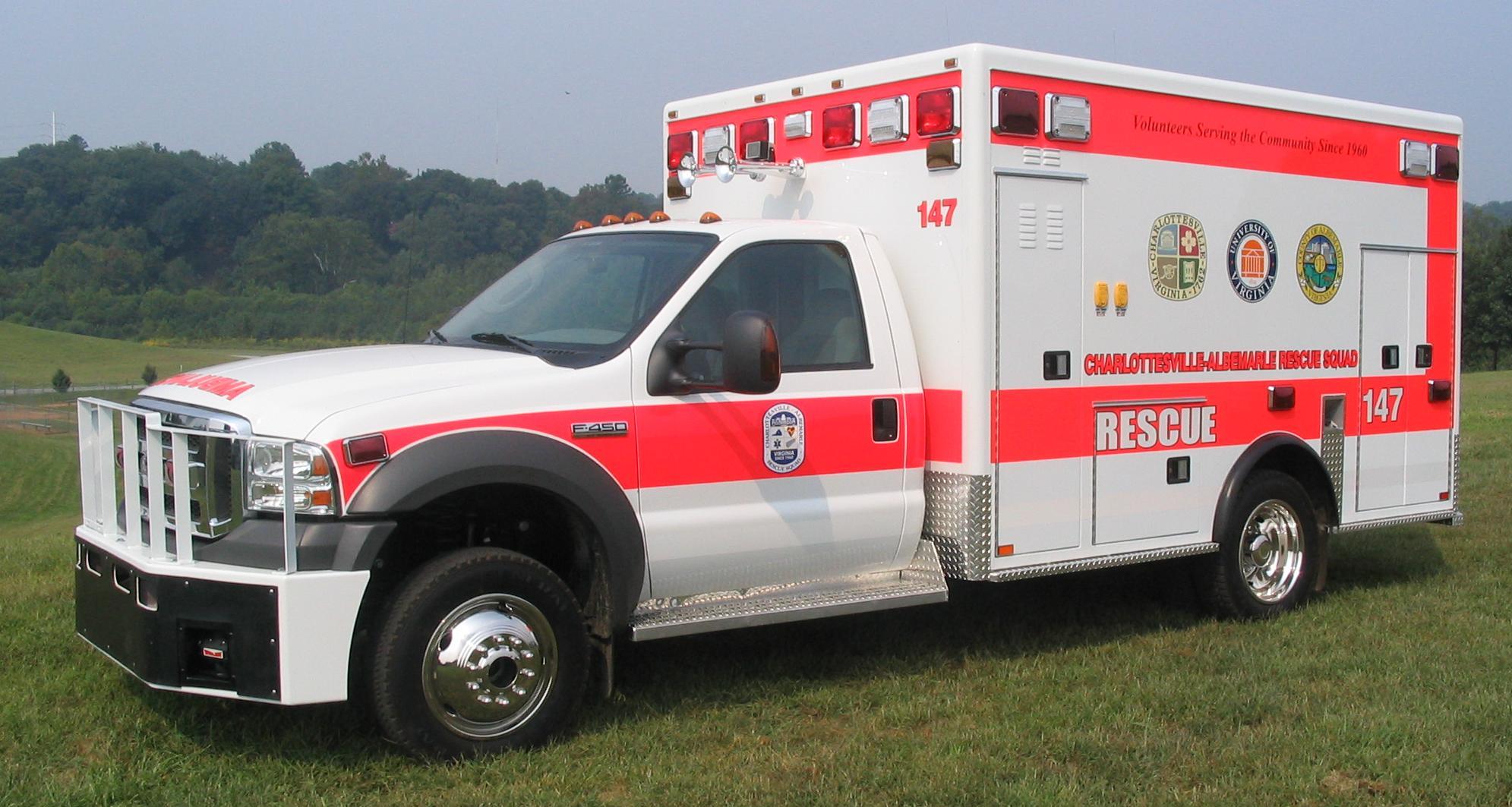
In many areas, firefighters are trained as Emergency Medical Responders (EMR’s). Since fire stations are scattered throughout a town or county, the local fire department has the best chance of responding to a call for service first.
If this is the case and the fire department is staffed with EMR’s, they’ll show up and provide critical care and stabilization until the EMT’s arrive with the standard ambulance service. However, some fire department are staffed with EMT’s and they’ll handle everything. Or, they may have a private ambulance service “chase vehicle” with an EMT- Paramedic who responds as needed to the calls handled by the fire department.
Speaking of private ambulance services, these companies will often fulfill the role of non-emergency transport for nursing homes and hospitals. These same ambulance services may also have an emergency response component, but since it is a private company, it may expand its business into the lucrative patient transport business.
These are just a few of the combinations you will find in North America. As you can see, the opportunities for an EMT are wide ranging!
Income & Job Availability
In public service (EMS, Fire & Police), there is no greater opportunity for employment than those of an EMT. Keep in mind, “EMT” is the general term for an EMT or EMT- Paramedic, now that you’re aware of the differences.
Unlike Police and Fire, which are generally restricted to public and government agencies, EMT’s are all over the place! There are EMT’s within local government agencies, private hospitals, private ambulance services and even oil companies for offshore oil rigs. Needless to say, EMT’s have a wide selection of employers to choose from. Like anything else, some are better than others.
The rough breakdown of EMT’s in the workforce is as follows:
• Private ambulance services: 40 percent
• Local governments: 30 percent
• Hospitals: 20 percent
• Other: 10 percent (offshore oil rigs, industrial plants, etc)
Source: EMS Workforce for the 21st Century: A National Assessment”
What about the future job market?
This segment is expected to have 19 percent growth, which is due in part to paid personnel replacing volunteers in some parts of the country, as well as the aging Baby Boomer population’s increased need for emergency medical care.
According to the U.S. Department of Labor, employment for EMS practitioners is expected to grow faster than the average for all occupations through 2016.
The Labor Department predicts that employment prospects should be good, particularly in cities and private ambulance services.
That’s good news!
According to the Bureau of Labor Statistics the median annual wage of Emergency Medical Technicians (EMT-Basic) is $30,360. The pay for EMT-Paramedics is more because of the enhanced educational and training requirements. Regardless, your salary really depends on your employer (public, private hospital, industry, etc).
